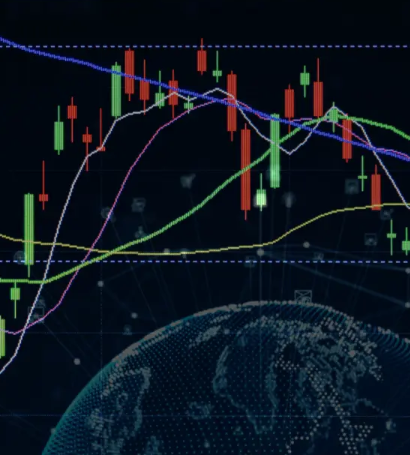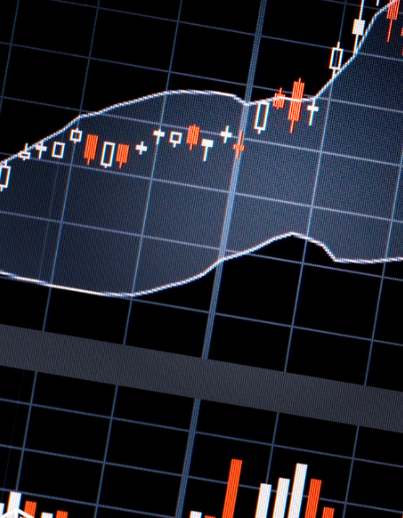Mastering Japanese Candlestick Patterns: Key Patterns Every Trader Should Know

Japanese candlestick charting, developed in the 18th century, remains a vital tool for many traders. It helps them read short-term market sentiment and make informed decisions. By interpreting the visual representation of market data, traders can identify trends, reversals, and other key signals.
Understanding Candlestick Charts
Each candlestick on a chart represents a specific time period and is composed of three parts: the real body, the wick, and the tail. The body of the candle shows the difference between the opening and closing prices. If the price closes higher than it opened, the body is often filled in green (or white); if the price closes lower, it’s typically red (or black). The wick (or shadow) extends from the body to represent the highest and lowest prices within that timeframe.
Recognizing candlestick patterns is crucial because they can offer valuable insights into market movements. Traders commonly use them as part of their broader technical analysis, but they should not be relied on alone. Combining candlestick patterns with other technical indicators and tools increases their accuracy and usefulness.
Key Candlestick Patterns
Among the many candlestick patterns available, here are six of the most commonly recognized and reliable ones that every trader should understand:
1. Doji Patterns
The Doji pattern occurs when the opening and closing prices are nearly identical, resulting in a small or non-existent body. The wick or tail can be either short or long, indicating the extent of price movement during the trading session. The Doji is often a sign of indecision in the market, as neither buyers nor sellers were able to dominate the price action.
- Gravestone Doji: Found in an uptrend, this pattern has a long upper wick and a small or non-existent lower tail. It signals potential bearish reversal as buyers fail to maintain control.
- Dragonfly Doji: The opposite of the Gravestone Doji, this pattern appears in downtrends. It indicates strong buying pressure, suggesting a possible market bottom and potential for a bullish reversal.
2. Hammer Patterns
A Hammer is a candlestick with a small body near the top of the price range, a long lower wick, and little or no upper wick. This pattern appears in downtrends and signals that buyers have gained strength after a period of selling. The presence of a long tail shows that the price dropped significantly but buyers pushed it back up, potentially indicating a reversal to the upside. Confirmation with other indicators such as support levels and volume is important before acting on this pattern.
3. Shooting Star Patterns
The Shooting Star is the opposite of the Hammer. It has a small body near the bottom, a long upper wick, and little or no lower wick. Found in uptrends, this pattern suggests that prices attempted to rise but were rejected, signaling potential bearish reversal. Traders look for Shooting Stars as a potential entry point for selling, especially if they occur at key resistance levels.
4. Engulfing Patterns
Engulfing patterns are powerful reversal signals, formed by two consecutive candlesticks.
- Bullish Engulfing: This pattern occurs when a large green candlestick completely engulfs a smaller red candlestick. It indicates a shift from bearish to bullish sentiment and may suggest a buying opportunity.
- Bearish Engulfing: In contrast, the Bearish Engulfing pattern occurs when a large red candlestick engulfs a smaller green one. This pattern indicates a shift from bullish to bearish sentiment, signaling a possible selling opportunity.
These patterns are particularly effective when they appear at key support or resistance levels, but they should be confirmed with volume analysis and other technical indicators.
Using Candlestick Patterns for Effective Trading
While candlestick patterns like the ones mentioned above are helpful, it’s essential to confirm their signals with other technical tools, such as trend lines, moving averages, or the Relative Strength Index (RSI). These tools can help provide a more complete picture of the market, ensuring that decisions are based on well-rounded analysis.
Candlestick patterns are not foolproof and can occasionally lead to false signals. It’s important to approach them with caution and use them as part of a broader strategy. Successful trading requires a combination of technical analysis, sound risk management, and psychological discipline. By integrating candlestick patterns into a well-structured trading plan, traders can gain a competitive edge in the markets.




